Gochujang is a staple ingredient in Korean cooking. This spicy, umami-rich fermented chili paste adds a distinctive kick and depth of flavor to soups, stews, meat dishes, and more.
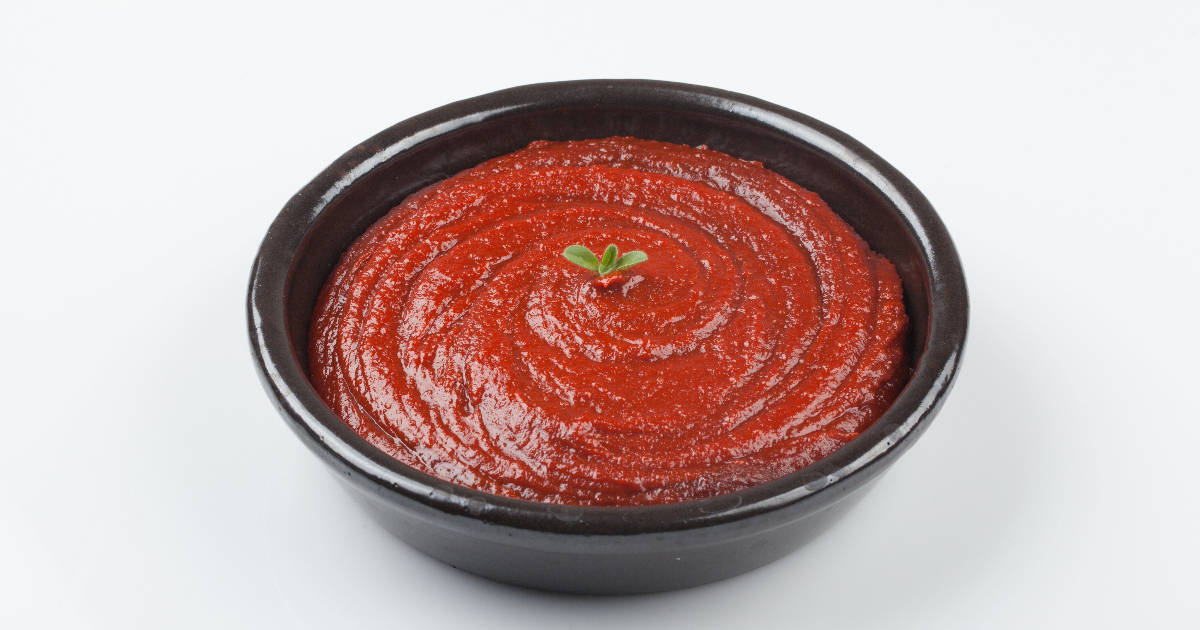
However, gochujang can be difficult to find depending on where you live. If you don't have access to an Asian specialty market, you may find yourself panicking to find an acceptable gochujang substitute when a recipe calls for it.
Not to worry - with a little creativity, you can mimic the flavor profile of gochujang using ingredients you likely already have on hand. Here are some of the best gochujang substitutes to use.
Get Familiar with Gochujang Itself First
Before diving into substitutions, it helps to understand exactly what gochujang is and what makes it so unique. Gochujang is made from glutinous rice powder, fermented soybeans, red chili pepper powder, salt, and sometimes sweeteners like honey or sugar. It undergoes a lengthy fermentation process that can take months or even years.
This slow fermentation gives gochujang its characteristic deep umami flavor and subtle sweetness. The fermented chili peppers lend it some serious heat and a slight tang. So when seeking a substitute, focus on finding ingredients that offer some sweetness, saltiness, spice, and umami.
The texture of gochujang is also important to consider. It has a thick, pungent paste-like consistency. Substitutes that mimic this texture will work best in recipes.
Red Pepper Flake Paste
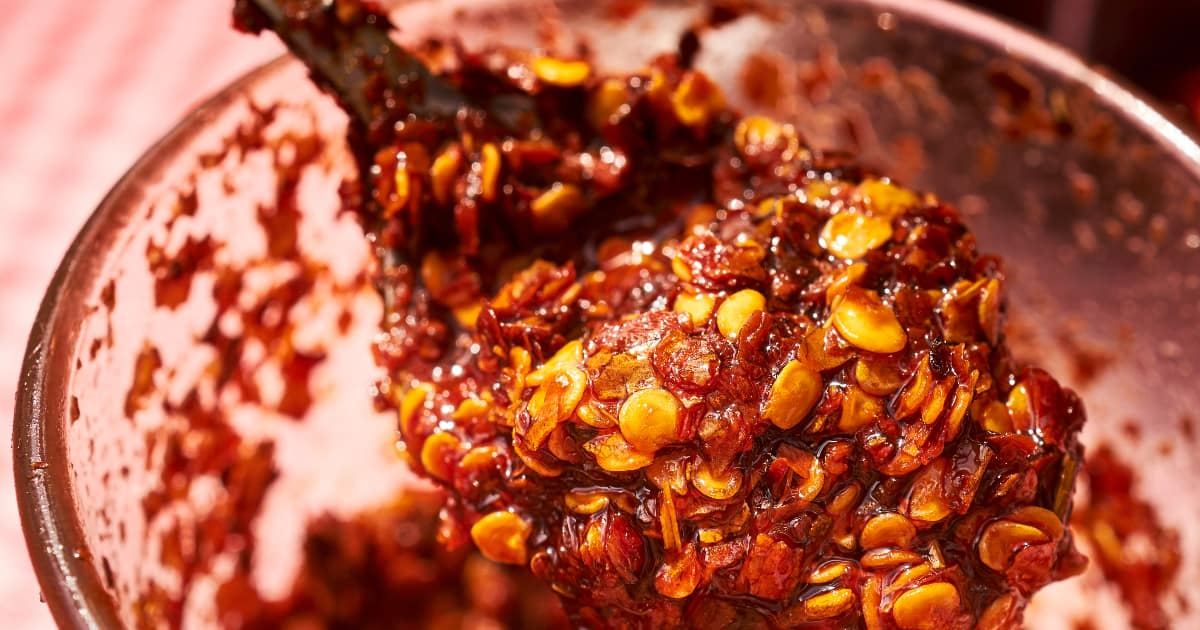
One of the quickest and easiest gochujang stand-ins you can whip up is a red pepper flake paste. To make this substitute, simply combine red pepper flakes, soy sauce, and a small amount of sugar in a bowl. Mix well until a loose paste forms.
The red pepper flakes provide spicy heat similar to gochujang. The soy sauce adds saltiness and umami. And the sugar balances out some of the heat while contributing sweetness.
You can tweak the ratio of ingredients to suit your tastes - add more red pepper for extra spice or more sugar for sweetness. This paste won't have the complex fermented flavors of gochujang, but it makes a handy flavor stand-in.
Miso Paste
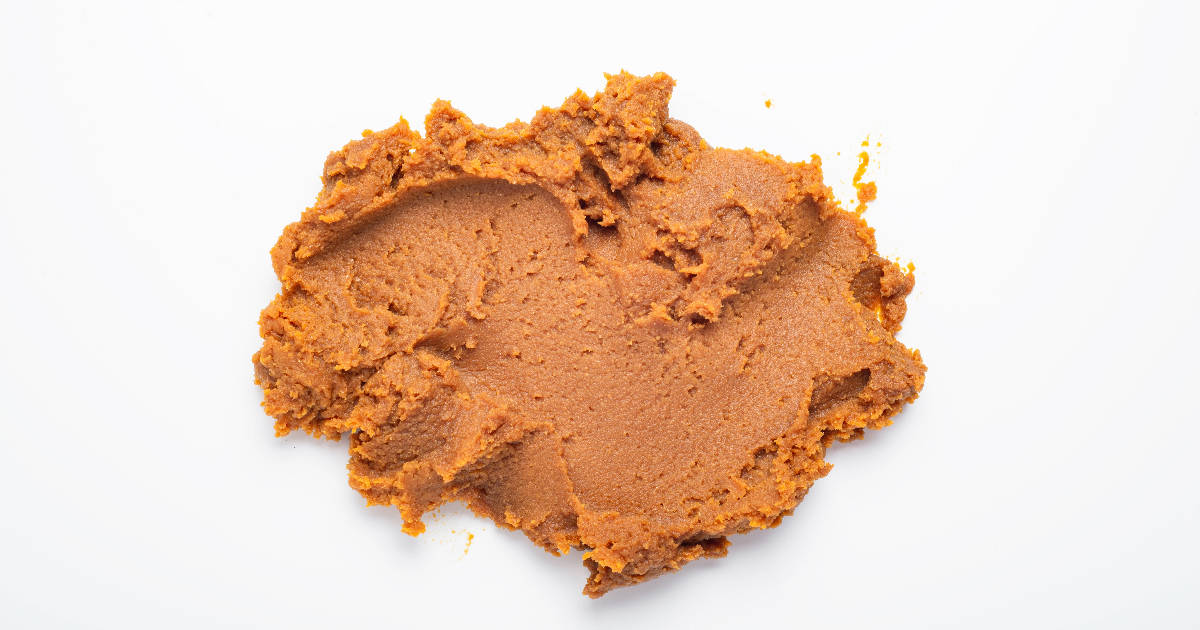
For a substitute that comes closer to the flavor profile of real-deal gochujang, turn to miso paste. Miso paste is made from fermented soybeans, giving it a deep savory umami flavor. Its consistency is also similar to gochujang - thick and spreadable.
To turn miso into a gochujang substitute, simply mix it with gochugaru (Korean red chili pepper flakes) or any type of red chili flakes. The miso provides the umami and the chili flake brings the heat. Add a small amount of sugar or honey to mimic the subtle sweetness in gochujang as well.
You can play around with the ratio, using more miso for extra umami punch or more chili for spiciness. Miso-based sauces make excellent substitutes in dishes like marinades, dipping sauces, and stews.
Ssamjang
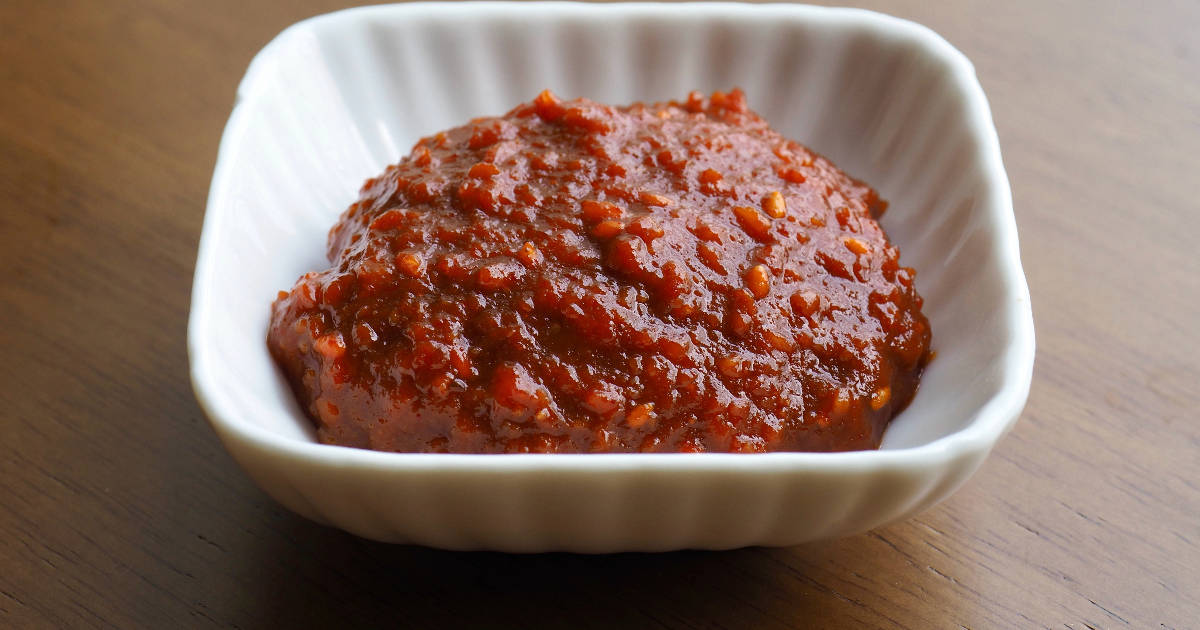
If you've dabbled in Korean cuisine before, you may already be familiar with ssamjang. This thick, spicy paste is used as a condiment and dipping sauce. Luckily, it also makes an incredible gochujang substitute in recipes.
Ssamjang contains gochujang as one of its ingredients along with doenjang (fermented soybean paste), garlic, sesame oil, rice vinegar and other seasonings. It offers a similar spicy-sweet-salty-umami flavor profile as gochujang, though it's a bit milder in terms of heat.
You can swap ssamjang in 1:1 for gochujang. Or if you want to increase the heat level, mix in extra gochugaru. Because ssamjang already contains gochujang, it's the closest pre-made substitute you can buy. Keep a jar on hand for your Korean cooking needs.
Thai Chili Paste Blend
Thai chili paste can also work nicely when you need a substitute for gochujang. They offer a similar consistency and spice level. However, they're not fermented so they don't mimic that sweet, funky flavor.
To transform Thai chili paste into a more accurate gochujang substitute, mix it with a spoonful of miso paste and a small amount of sugar or honey. The miso provides missing umami notes while the sweetener contributes subtle sweetness.
You'll end up with a paste that looks and tastes much more akin to gochujang. Vary the ratio of ingredients to suit your tastes - add more miso for extra umami or more sugar to amp up the sweet factor. This blended chili paste works excellently as a stand-in.
Sambal Oelek
Sambal oelek is a Southeast Asian chili paste made from vinegar-soaked chilies. It offers a similar red color and thick consistency as gochujang. However, sambal oelek has a very different flavor profile - it's salty, vinegary, and explosively spicy without much sweetness.
To transform sambal oelek into a more serviceable replacement for gochujang, combine it with miso paste and a drizzle of maple syrup or honey. This balances the chili paste's flavors, contributing sweetness and umami.
You can also spike sambal oelek with extra gochugaru to provide warmth and smokiness reminiscent of gochujang. While it won't be an exact match, this enhanced chili paste makes a quick and convenient substitute.
Harissa
Harissa paste is a North African chili-based condiment. It contains spices like cumin and caraway which aren't present in gochujang. However, its fiery kick and rich red color make it a potential - though not perfect - stand-in.
To better mimic gochujang, stir a small amount of honey or maple syrup into the harissa paste. This adds a subtle sweetness to balance the heat. For extra complexity, mix in a spoonful of miso paste as well.
While harissa has its own distinct flavor, this enhanced version can work nicely when gochujang is nowhere to be found. If you prefer more heat, harissa really turns up the spice level. Just adjust other seasoning to compensate.
Spicy Tomato Paste Blend
In desperate times, you can even craft a makeshift gochujang substitute from humble tomato paste. While it lacks the complex flavors of fermented gochujang, tomato paste provides the right rich red color and thick consistency when you're really stuck.
To transform tomato paste into a Korean-inspired chili paste, mix it with gochugaru or another ground red chili pepper. You can also add honey, maple syrup, or brown sugar for sweetness. A splash of soy sauce contributes salt and savory flavor.
Some vinegar further helps to balance the sweetness while thinning out the paste. Blend and tweak ingredients until the paste resembles gochujang. This quick fix adds the sweet-spicy kick the recipe needs.
Explore More Unique Gochujang Alternatives
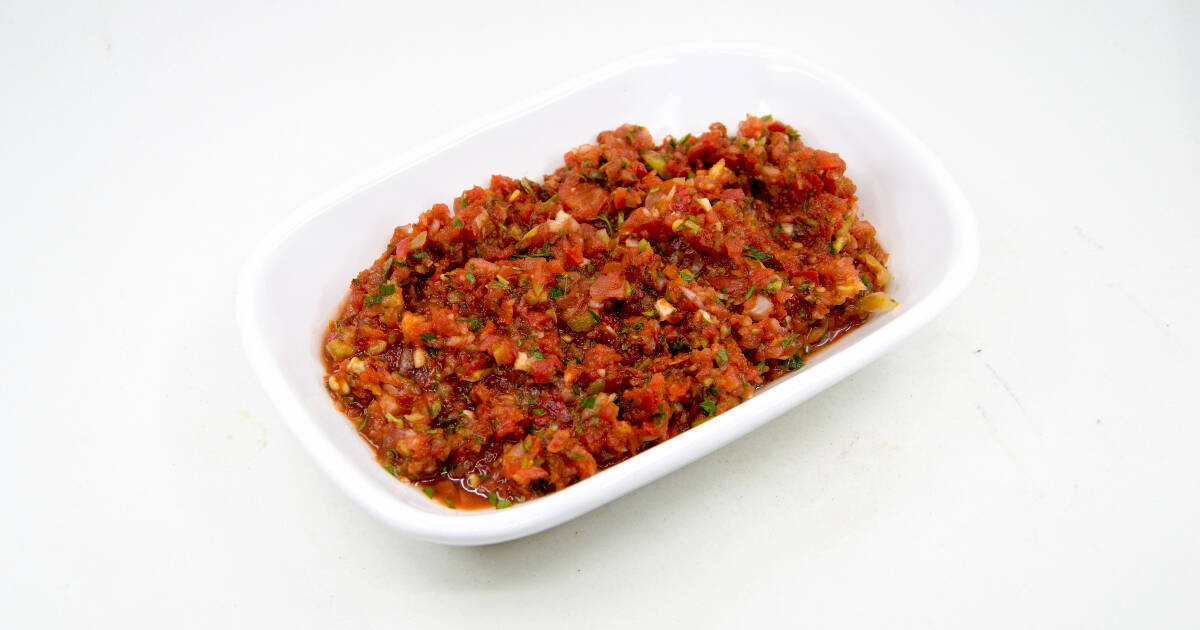
Aside from the more common options above, some unique ingredients can also substitute for gochujang in a pinch:
- Doenjang - This fermented Korean soybean paste offers deep umami notes. Mix it with gochugaru and sugar for a quick gochujang stand-in.
- Chinese chili bean paste - Look for doubanjiang or toban djan which offer similar texture and fermented flavor.
- Turkish pepper paste - Biber salçasi has sweet roasted peppers and moderate heat.
- Fermented dates - Blend these with red chili flakes, miso, vinegar, and spices for an unconventional sub.
Don't be afraid to experiment with blended pastes using chili powders, miso, soy sauce, sweeteners, and more. With the right balance of ingredients, you can mimic gochujang closely enough to still enjoy your Korean meal.
Tips for Getting the Most from Gochujang Substitutes
When using a homemade paste or premade substitutes in place of gochujang, keep these tips in mind:
- Start with small amounts of any substitute and add more as needed. It's easy to overdo it.
- Consider the other ingredients in the dish that might overpower or clash with certain substitutes.
- Add ingredients like miso, soy sauce, honey, or vinegar to chili pastes to better balance their flavor.
- Sprinkle in extra gochugaru if you want to amp up the heat level of your substitute.
- Store leftover homemade pastes in the fridge for 2-3 weeks or freeze for longer storage.
FAQ
What's the difference between gochujang and sriracha?
Gochujang and sriracha are two popular spicy condiments but they have distinct differences. Gochujang is a fermented Korean chili paste made from glutinous rice, chili powder, fermented soybeans, and salt. It has a rich umami flavor along with sweet, salty, and spicy notes. Sriracha on the other hand is a Thai sauce made from chili peppers, vinegar, garlic, sugar, and salt. It tastes hot, tangy, and sweet. The main contrast is that sriracha is much thinner in texture than the thick, sticky gochujang. Sriracha also has stronger vinegar and garlic flavors. While both condiments add heat to foods, gochujang offers more complexity and depth of flavor.
Does gochujang need to be refrigerated after opening?
Yes, it's best to store gochujang in the refrigerator after opening. The fermented chili paste can last for many months unopened at room temperature. However, exposing it to air and higher temps after opening speeds up spoilage. Refrigeration is the best way to preserve the taste and quality of gochujang once opened. Transfer it to an airtight container or leave it in its original packaging. It will maintain peak flavor and freshness for about 6 months in the fridge. Gochujang that is older than a year or smells off should be discarded.
What dishes use gochujang as a key ingredient?
Gochujang stars as the key flavor component in many classic Korean dishes. Some top recipes that rely on the sweet, spicy gochujang paste include:
- Bibimbap - Mixed rice bowls topped with meat, veggies, and spicy gochujang sauce
- Bulgogi - Sweet and savory Korean BBQ beef rubbed with a gochujang marinade
- Kimchi Jjigae - Spicy kimchi and pork stew made with gochujang
- Dakgangjeong - Crispy fried chicken coated in sticky, spicy gochujang sauce
- Gochujang Paste - A dipping condiment of gochujang mixed with sesame oil and seeds
- Jeon - Savory Korean-style pancakes flavored with gochujang
As you can see, both stir-fries, stews, marinades, and even desserts use gochujang paste to add signature sweet heat and umami.
Conclusion
Even if you don't have access to authentic gochujang, you can still enjoy traditional Korean dishes thanks to clever ingredient substitutes. Homemade blends combining spices, chili pastes, sweeteners, vinegar and more can closely mimic the complex sweet-spicy taste and thick texture of gochujang. With the right ratios and seasonings, these gochujang stand-ins will flavor and heat up your food just like the original would. Hopefully, this guide has equipped you with several easy options for gochujang substitutes so you can cook amazing Korean food anytime.

